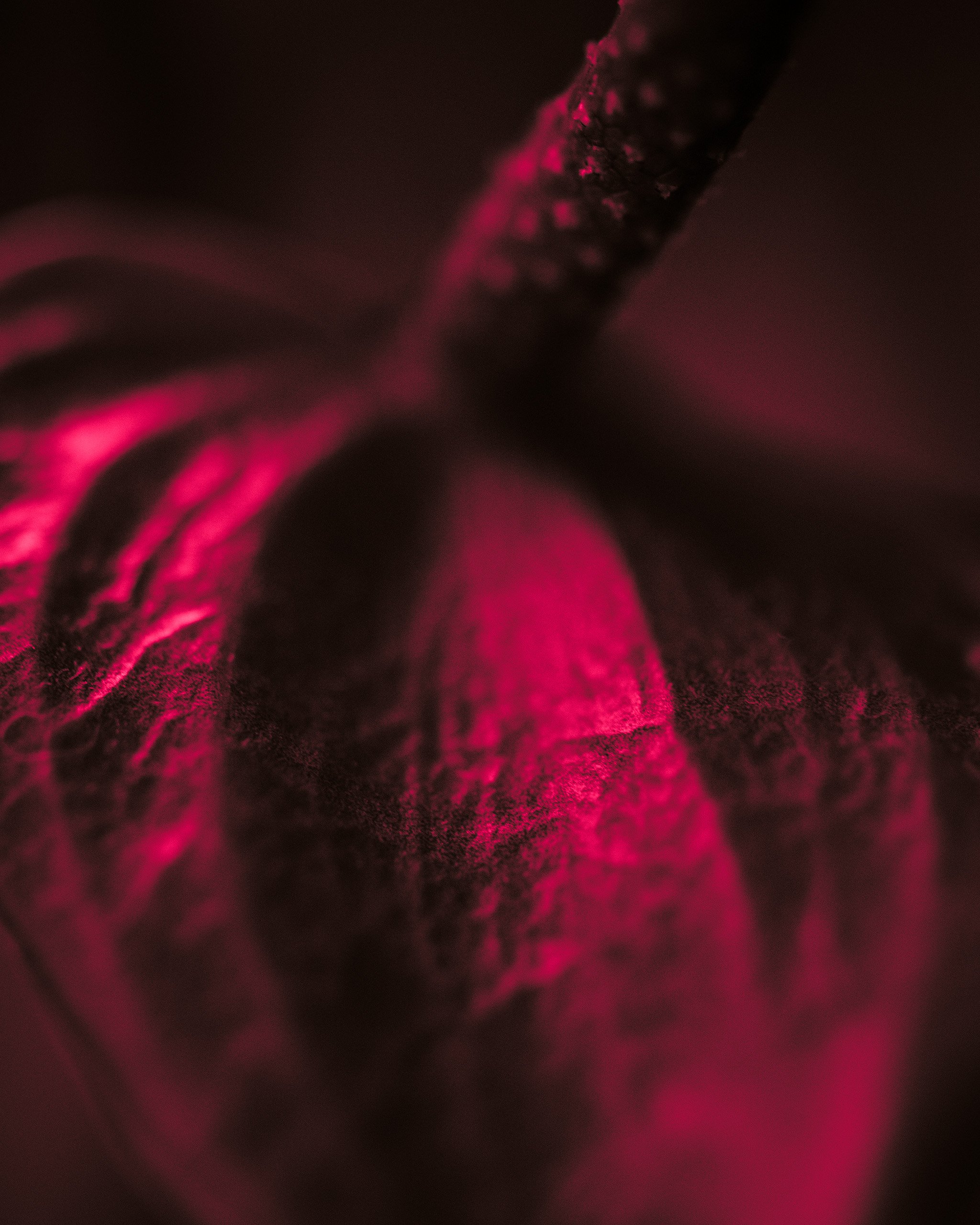
"The act of representing others almost always involves violence to the subject of representation"
Edward Said
Tō’u Vaira’a Tamari’i (My Womb) /
Fuck You, I’m not your dusky maiden
Installation - 3 min 43 sec single channel 4k video with audio, archival pigment prints
Currently showing at
The National Gallery of Australia - June 2024 to March 2025
Audio/Video excerpt
Best viewed on mobile with headphones
3 min 43 secs
The intended installation
The work shown at the NGA was reformatted and significantly altered due to curatorial constraints. These resulted in muting the audio entirely and changing the spatial organisation from an enclosed passageway to an exposed flat wall.
However, the intended format is constructed as a passageway so that an enclosed space is formed. It is intimate and encompassing. The space implies a birth canal. It is a liminal space, symbolising a transition from seed - the legacy of our past and ancestors - into a life yet to be lived. A space that severs the connection of the viewers’ eyes to the manufactured past so that an alternate image might be perceived, and lived.
Floral prints cover the walls. The luminescent glow of light through the skin, the view from within a womb, perhaps too pink, the garish hue of mass-produced plastic toys.
The seductive folds of flowers, symbol of womanhood, inverted, perhaps less feminine than masculine, in phallic forms.
The sound of the ocean, the wind in palm trees.
At the end of the passage, evading possession by the gaze, fleeting images of the vahine: as she moves with the anguish of intergenerational loss, the sound of her daughters’ foetal heartbeats, their adult voices uttering words from childhood songs; as she dances Ori Tahiti, the sound of drums that are hammered on our bones; as she makes the cut, Pa’oti, she severs the foreign thread and weaves a mended taura tupuna (ancestral cord).
Gauguin didn’t paint Tahitian women, he painted over us
My mother, Tetua, was the centre of my world and the embodiment of my Tahitian identity. When I was 24 years old, she was diagnosed with cancer and was gone within a year. Her loss sent me on a path of intentional connection with my cultural heritage. I studied anything I could find, from healing arts to dance. I recall a defining moment early in my journey. I had joined a beautiful group of women of various Pacific Island heritages, and we learned and practised many dances from the islands. Being surrounded by these sisters and the music was incredibly powerful. There was an inevitability to what came next, as though it was an unquestionable truth that we would take these dances and perform them and be paid. And so one night, I found myself on stage, with my tits barely concealed in a coconut bra, dancing for a room of drunk Long Bay Prison guards having their Christmas party at a Sydney football club. It was a revelation, I felt like I’d prostituted myself and debased this thing that was so sacred to me.
Ori Tahiti (Tahitian dance) connects me to my mother, my daughters, my fenua, and myself. But, like so much of our culture, it can’t be accessed because it’s buried under countless layers of representations manufactured by others to fulfil the fantasies of Western men and props up the ‘mili-tourism’ that betrays our people and exploits our Moana. Representations so saturating that we even begin to aspire to them ourselves, unconsciously adopting the values assigned to us.
Questions emerge
How do we represent ourselves when others have represented us so pervasively, so inescapably?
How might we disentangle our symbols from the meanings given to them by others?
How can we scrub away the image painted over our bodies and upon the eyes of our daughters?
How do we begin to represent a liberated self, free of its framing by and subjugation to male fantasies?
How can we subvert the language of our domination to liberate our image, even our self-image?
How can we express the anguish this has wrought?
How might I give my daughters a different image of a Tahitian self to aspire to?
Gauguin’s legacy continues to impact Tahiti, in particular, Tahitian women
“…a woman must be transformed to look like a prostitute, i.e., someone who is complicitous in her own commodification. Thus, hula dancers wear clown-like make-up, don costumes from a mix of Polynesian cultures, and behave in a manner that is smutty and salacious rather than powerfully erotic.”
Haunani Kay-Trask
“The ‘dusky maiden’ functions as a metaphor for the colonisation of the Pacific… shaped to fit a colonial agenda. She can be seen as … a guiding beacon to the fecund and fertile depths… [and also] an image of domestication, of the tamed ‘noble savage.‘“
Lisa Taouma
"The tourist transnationals and nuclear-imperialist powers have profited from ... myths of "floating South Seas paradises"
Simione Durutalo













